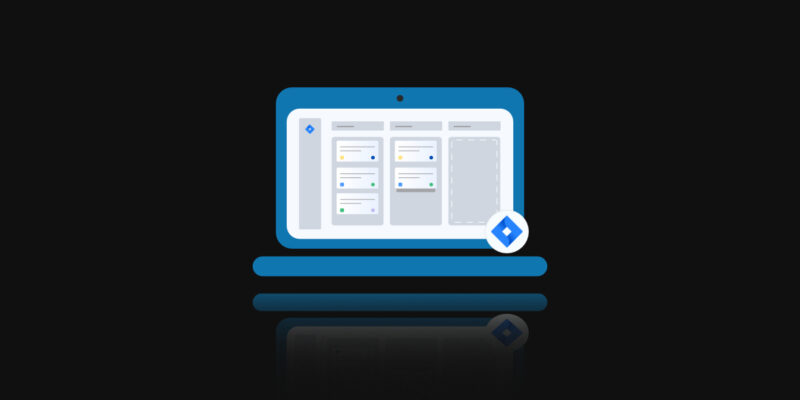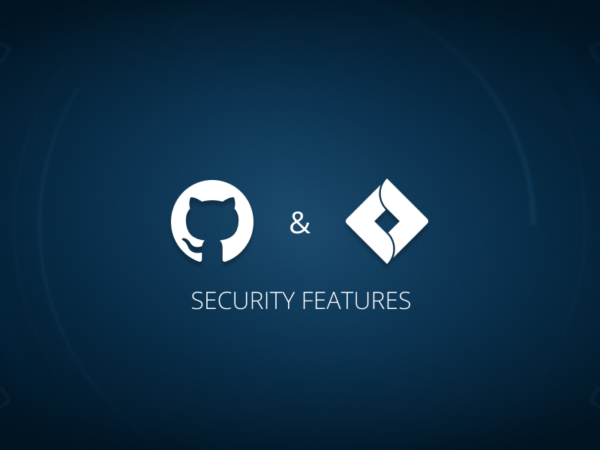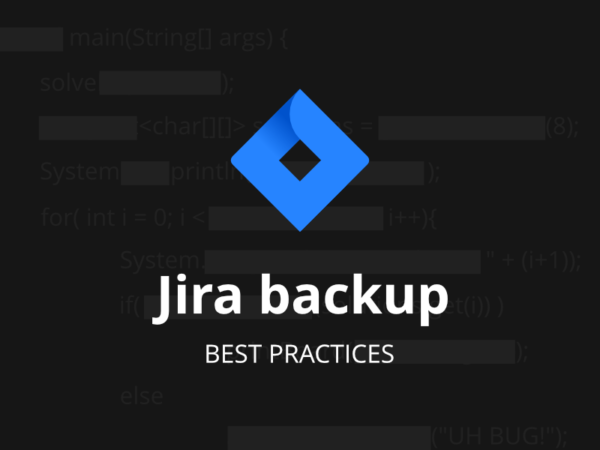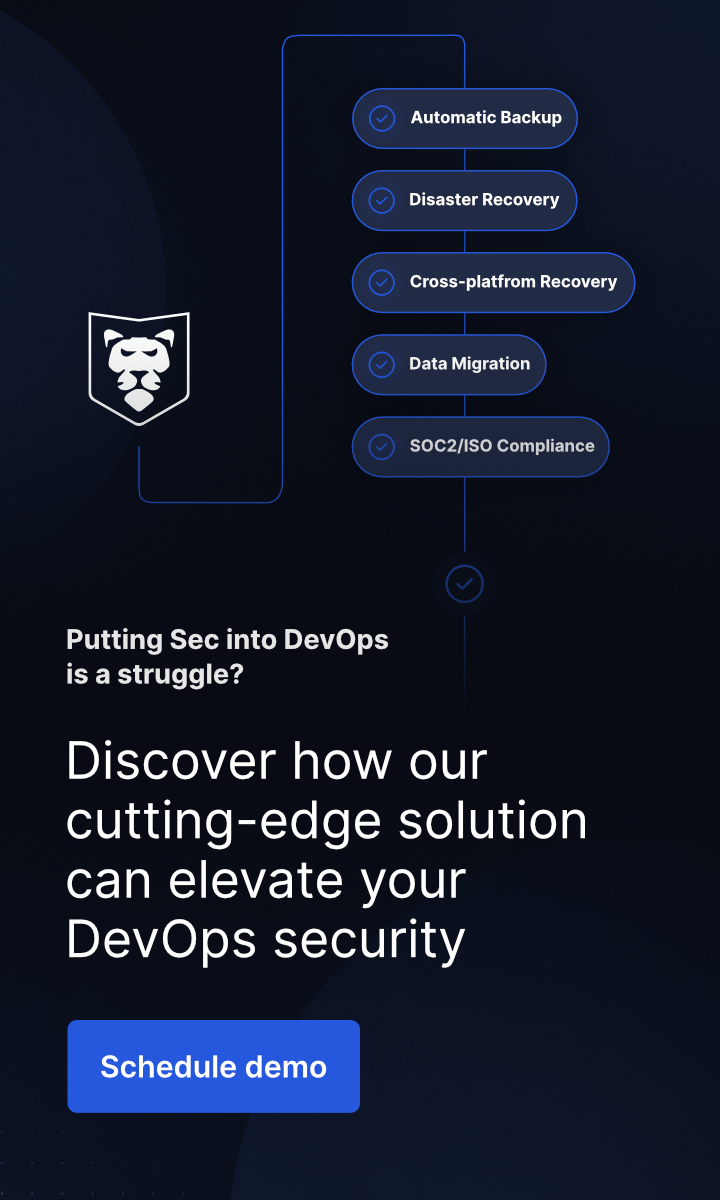
Why Backup Jira – Is There Any Risk of Data Loss?
Last Updated on December 19, 2022
If you work in IT, then you definitely know why using such tools as Jira is more than a must. Let’s look at the numbers that the Attlasian gives us…over 65K companies around the world rely on Jira Software. Though, have they caught themselves on the thought if it is safe enough? What will the CTO, IT manager, or a software-house owner do if the Atlassian outage takes place? Well, an outage isn’t the only risk that leads to data loss… But let’s come to this issue a little bit later and now let’s heat up the importance of data protection by figuring out why Jira is so necessary for our development process.
How do teams benefit from Jira?
Jira greatly simplifies task management and takes on project managers’ requirements, like workflow estimation, project analytics and many more.
When it comes to DevOps teams, it is the perfect software for the issue and backlog tracking, integrations of CI/CD, and developer tools. This software grants the teams visibility into branches, pull requests, builds, and deployments allowing them to release earlier and with peace of mind.
By offering issue prioritization and other features, it permits software testers to iron out issues in software products which in its turn boosts the entire company’s productivity.
Product managers benefit from Jira as this tool allows them to complete product road mapping, and share roadmaps even remotely, establishing map dependencies.
Can something go wrong with my Jira data?
This is a question that every DevOps, CTO, IT Manager or Security Leader should ask themselves when they start using any software that they will greatly rely on. Well, basically every team member should ask himself this question. If you need arguments to raise to decide whether your Jira environment needs professional backup software support, here they are…
Argument #1: Outages
Instead of fluent phrases that outages happen, let’s mention the latest huge Atlassian Jira outage in April 2022 – the incident which happened due to miscommunication between teams and led to 775 Jira customers couldn’t access their data for a fortnight. Atlassian engineers had to make a number of steps to restore all the sites, and all their operations were semi-automated and needed manual intervention.
Well, can an outage like that repeat? You can believe or check it yourself, just go to the Jira Software Status, where you will see that there were smaller outages in March, July, September…
And how many to come? No one knows. But what we know for sure is the catastrophic result of such a failure – loss of budget and time, it may even be the loss of the work already done.
Argument # 2: Human errors
Human mistake is probably one of the most common reasons when it comes to cybersecurity incidents. Why not remember the almost forgotten “5 whys” method of Toyota founder, Sakichi Toyoda: ask the question “why?” up to 5 times and you will find the root of the problem. In most cases the reason for the problem will be a human mistake in the end.
For example, the mentioned-above Atlassian outage in April. If we ask why that Jira outage happened, the final reason will be human error – lack of communication between teams, wrong API and, as a result, an outage that influenced more than 700 customers.
But human errors can happen in your company – malicious or unintentional, both can result in wiping out your Jira data.
Argument # 3: Ransomware
Probably one of the most expensive threats for any business is ransomware. Just imagine every 11 seconds some ransomware attack happens somewhere in the world.
After the attack the only thing the user has is a notification that his data has been encrypted and now he needs to pay a ransom to get his data back… It’s double financial loss – first, you need to pay the attacker, and is there any assurance that he will give the data back safe and sound? The attacker may either fail to return, or modify, or encrypt it.
Second, business downtime, and who knows how much time the company will need to recover – usually it lasts for days. Then, add here weeks of restoring the system… Sounds scary. Though, if you have a ransomware-proof DevOps backup in place, you can continue your work after running the backup copy from any point in time.
Jira down? Get your team back to tasks within minutes with the first professional backup for Jira Cloud, Jira Service Management, and Jira Work Management.
Argument # 4: Hardware and software errors
Another problem that can slow down, postpone, or disable your development process is hardware or software failures. It’s not a secret that machines break down. What about software? It needs constant updates to work continuously.
On the other hand, even updates can lead to some failures. For example, if there is an unnoticed bug in the new update, all the system can fail. So, isn’t it better to foresee a problem and backup your Jira data?
Argument # 5: Shared Responsibility Model
It is not a secret that Atlassian, like any other SaaS provider, delivers its service according to the Shared Responsibility Model that defines the obligations of each of the parties – the provider and the customer. Thus, the provider’s responsibility comes down to the entire system and infrastructure accessibility, security and availability. Customer, on the other hand, is responsible for his own data. So to say, it is his obligation to build data protection schemes.
In a nutshell, if there is an entire Atlassian outage, the provider will need to handle it. Though, if you have your Jira account’s outage, or there is a ransomware attack in your environment, the only responsible person for that is you. That’s why it is crucial to know how to back up Jira environment and how to arrange your backup policy right to eliminate data loss.
Argument #6: Compliance with Security Audits
SOC 2 and ISO 27001 are the most famous security audits the company wants to pass. Let’s figure out why so…
First, to succeed in those Audits the company needs to correspond to so-called “security pillars,” including security, availability, confidentiality, processing integrity and privacy. Which, in its turn, leads to the second point – trustworthiness and positioning itself as a reliable service among other similar ones.
By the way, backup is one of the requirements to meet SOC 2 and ISO 27001 standards. If you are interested in this topic and want to learn more about this issue, it’s worth paying attention to our road to SOC 2 audit.
Takeaway
As you can see there are a lot of pitfalls that threaten not only your Jira data but also your business continuity which, unfortunately, leads to financial loss. Is there a way to withstand the above mentioned threats? Yeap… It’s a backup.
You can arrange your own backup, delegating some members of your team to write backup scripts, perform those scripts, monitor the performance of those backups. It can be time-consuming and will need a lot of attentiveness from your DevSecOps team as the most important is to make that backup recoverable.
Though, what if we told you that there is an easy and comfortable way to protect all your Jira environment, including data from all Jira Cloud, Jira Service Management and Jira Work Management? Moreover, this way isn’t time-consuming with exceptional monitoring capabilities, and leaves your employees a lot of time for the product development process. GitProtect.io for Jira is a professional backup software that will definitely bring you peace and assurance that your data is safe and can easily be restored in any event of failure.







